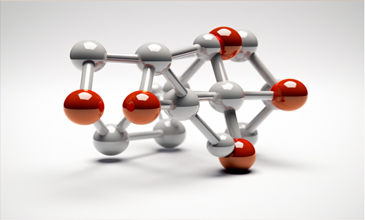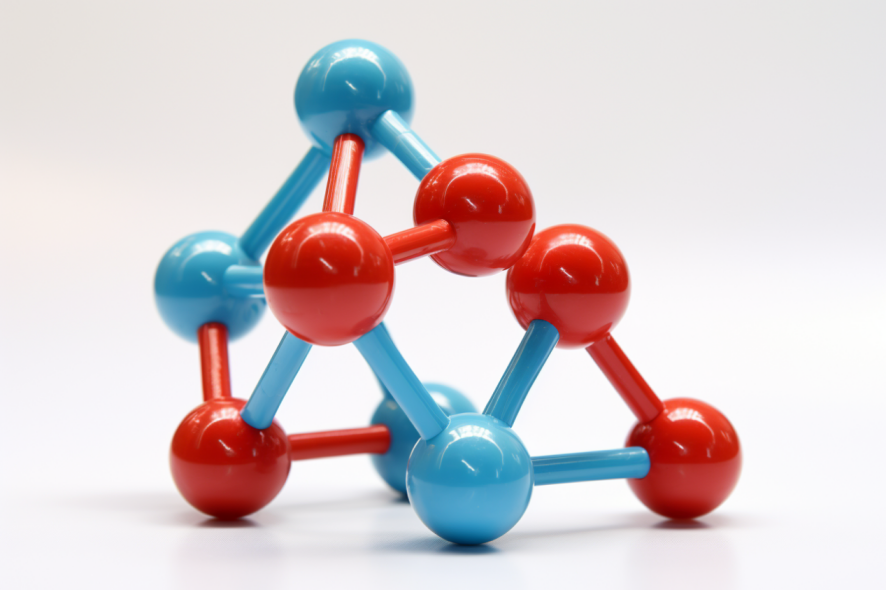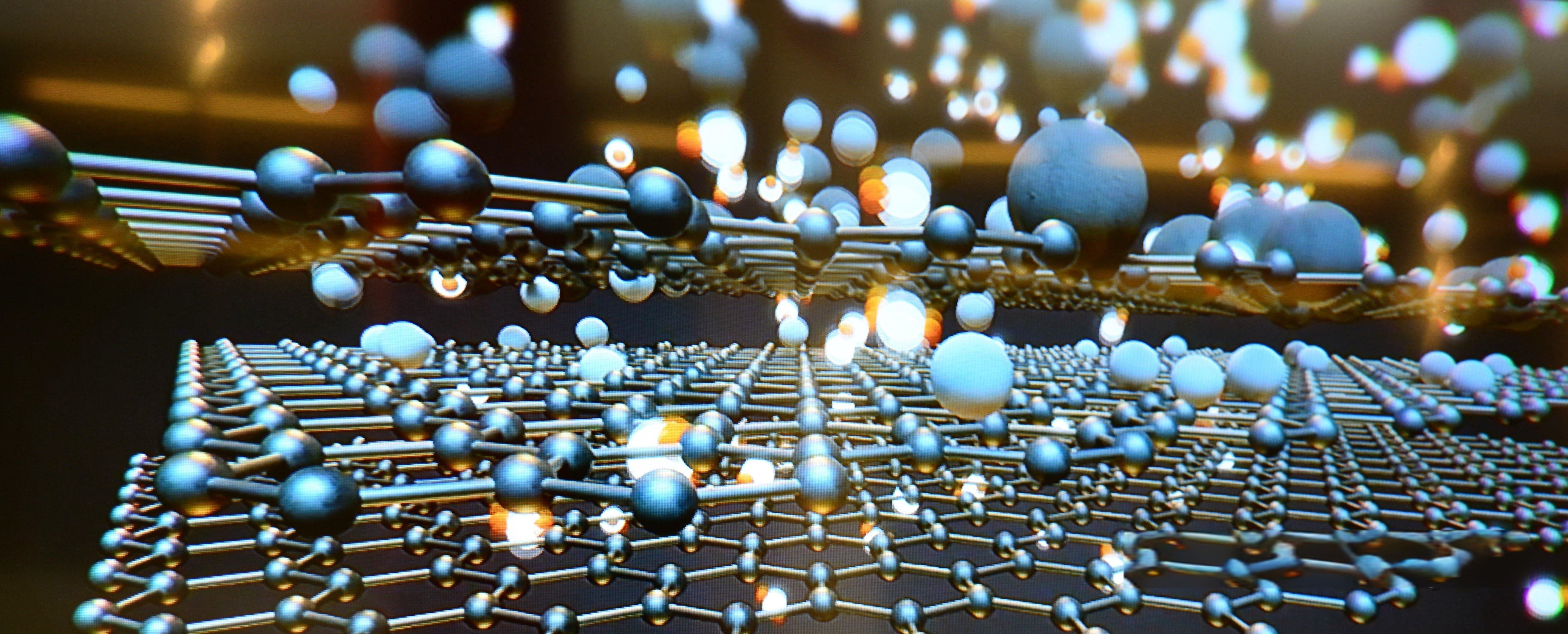4,4′-(Ethane-1,2-diylbis(oxy))dianiline: A Key Player in Polymer Chemistry
Have you ever paused to consider what exactly gives high-performance materials, such as those used in the aerospace or electronics sectors, their exceptional durability and resilience? While it might not always garner the attention it deserves, one of the pivotal contributors to these robust materials is a specialized compound known as 4,4′-(Ethane-1,2-diylbis(oxy))dianiline. This chemical compound holds a fundamental role in the formulation of advanced polymers, enabling the creation of materials capable of withstanding extreme environmental conditions, be it intense heat, harsh chemicals, or mechanical strain. Through a deeper dive into the scientific properties of this compound, we can uncover why it is indispensable to modern industry.

Introduction to 4,4′-(Ethane-1,2-diylbis(oxy))dianiline
A Unique Chemical Structure
At the molecular level, 4,4′-(Ethane-1,2-diylbis(oxy))dianiline presents itself as a compound composed of two aniline groups connected by an ethylene glycol ether bridge. Its molecular formula, C₁₄H₁₈N₂O₂, may appear straightforward, but this simplicity belies its potent functionality. The two aniline groups, each featuring an aromatic ring with an amine group attached, are linked by an ethylene group (–C₂H₄–) and oxygen atoms, which together form a flexible, highly reactive bifunctional molecule.
Importance in Organic Chemistry
Far more than a mere assembly of atoms, this compound represents a critical building block in the realm of organic chemistry, particularly within the specialized area of polymer science. Its unique structure allows it to participate in a variety of sophisticated reactions, especially those that lead to the formation of cross-linked polymer networks. This inherent capability renders it invaluable for producing materials that require a delicate balance between strength, flexibility, and resistance to various physical and chemical stressors.
Role in Polymer Science and Industry
The utility of 4,4′-(Ethane-1,2-diylbis(oxy))dianiline extends far beyond the laboratory. One of its primary industrial applications lies in the development of specialty materials, where mechanical strength, thermal stability, and chemical resistance are paramount. The bifunctional nature of the compound—characterized by its two reactive amine groups—enables it to serve as an essential cross-linking agent in numerous polymerization processes. Its contribution is especially prominent in the production of polyimides and epoxy resins, both of which are key players in high-demand industries.
Chemical Structure and Properties
Amine Groups, Aromatic Rings, and Ether Linkage
When we closely examine the chemical structure of 4,4′-(Ethane-1,2-diylbis(oxy))dianiline, several crucial components become apparent, all of which contribute to its high reactivity and utility in polymer synthesis. The amine groups (–NH₂), positioned on the aromatic rings, are especially reactive, making them ideal for engagement in polymerization reactions. At the same time, the aromatic rings confer rigidity upon the overall structure, which translates into the enhanced strength of the materials that incorporate this compound.
Bifunctional Nature and Polymerization
One of the most notable characteristics of this compound is its bifunctional nature, which significantly expands its range of utility. With two amine groups available to participate in reactions, it can facilitate the creation of cross-linked polymer networks. These cross-links are fundamental to improving the mechanical properties of the resulting materials, providing increased toughness, strength, and durability. This particular characteristic makes it an indispensable component in high-performance polymers, such as polyimides, which find widespread use in industries requiring materials with exceptional resilience.
Flexibility and Crystallinity
The ether bridge (–O–C₂H₄–O–) connecting the two aniline groups is another crucial feature that enhances the flexibility of the compound. By reducing crystallinity in the polymer structure, this ether linkage allows for the production of materials that are not only more flexible but also more easily processed. This combination of flexibility and processability makes the compound particularly valuable in applications where both attributes are needed—such as in films, fibers, and coatings.
Applications in Polymer Synthesis
Polyimides for High-Performance Industries
One of the primary applications of 4,4′-(Ethane-1,2-diylbis(oxy))dianiline lies in the synthesis of polyimides, a class of materials renowned for their outstanding thermal stability and mechanical robustness. These polyimides are commonly deployed in industries such as aerospace, electronics, and automotive, where materials are often subjected to extreme environmental conditions. The bifunctional nature of the compound facilitates the creation of densely cross-linked polymer networks, resulting in polyimides that exhibit superior performance characteristics, even in the most demanding applications.
Epoxy Resins and Coatings
Another significant application of this versatile compound is in the production of epoxy resins. Thanks to the reactivity of its amine groups, 4,4′-(Ethane-1,2-diylbis(oxy))dianiline is ideally suited for creating high-temperature-resistant coatings, which are indispensable in environments where surfaces must endure prolonged exposure to heat, chemicals, and mechanical wear. Such coatings are prevalent in industrial settings, where they help protect equipment and infrastructure from degradation under harsh operating conditions.
Potential for Biodegradable and Sustainable Polymers
With sustainability becoming an ever more critical consideration in material science, the spotlight is increasingly shifting toward 4,4′-(Ethane-1,2-diylbis(oxy))dianiline as a candidate for the development of biodegradable and eco-friendly polymers. The compound’s adaptability and reactivity make it well-suited for crafting sustainable alternatives to conventional plastics and resins, potentially helping to mitigate the environmental impact of plastic waste.
Benefits of 4,4′-(Ethane-1,2-diylbis(oxy))dianiline in Material Science
Enhanced Flexibility and Durability
Among the many benefits offered by this compound, its ability to enhance flexibility while maintaining strength is especially noteworthy. The presence of the ether bridge between the aniline groups serves to reduce the crystallinity of the polymers it helps form, making them more flexible and processable. Meanwhile, the cross-linked networks established by the compound’s reactive amine groups contribute significantly to the durability of these materials.
Performance in High-Temperature Environments
For industries where materials must perform under extreme thermal conditions, such as aerospace and electronics, 4,4′-(Ethane-1,2-diylbis(oxy))dianiline is a superior choice. By incorporating this compound into polyimides and epoxy resins, materials are endowed with the ability to withstand high thermal stress, making them invaluable in applications where heat resistance is paramount.

Comparison with Other Bis-Aniline Compounds
While a variety of bis-aniline compounds are employed in polymer chemistry, 4,4′-(Ethane-1,2-diylbis(oxy))dianiline stands apart due to its unique combination of flexibility and strength. The inclusion of an ether bridge gives this compound an edge over other bis-aniline compounds, which may offer rigidity but often lack the flexibility needed for more dynamic applications.
Synthesis and Industrial Production
Overview of the Synthesis Process
The process of synthesizing 4,4′-(Ethane-1,2-diylbis(oxy))dianiline involves a carefully orchestrated series of chemical reactions that link the two aniline groups with an ethylene glycol ether bridge. The synthesis requires precise control over reaction conditions to ensure that the final product achieves the desired yield and purity, making it suitable for use in industrial applications.
Scalability and Challenges
One of the key challenges associated with the industrial-scale production of this compound lies in maintaining the high purity needed for optimal performance in advanced materials. Nonetheless, technological advancements in chemical engineering have made it possible to produce large quantities of high-purity 4,4′-(Ethane-1,2-diylbis(oxy))dianiline, allowing for its widespread use in the production of polymers, resins, and a variety of other materials.
Focus on Sustainability
As industries increasingly pivot toward sustainable production methods, there is a growing emphasis on the development of eco-friendly synthesis processes for compounds like 4,4′-(Ethane-1,2-diylbis(oxy))dianiline. By prioritizing green chemistry, manufacturers are working to minimize the environmental impact of producing this critical chemical while continuing to meet the demands of modern industry.
Future Potential and Research Directions
Use in Nanocomposites and Advanced Materials
Ongoing research is beginning to explore the potential of 4,4′-(Ethane-1,2-diylbis(oxy))dianiline in the development of nanocomposites and other advanced materials. With its capacity to form polymers that are both strong and flexible, this compound is emerging as a promising candidate for new materials that require enhanced mechanical properties on the nanoscale.
3D Printing and Additive Manufacturing
Another burgeoning field of interest is the application of this compound in 3D printing and additive manufacturing. The versatility and reactivity of 4,4′-(Ethane-1,2-diylbis(oxy))dianiline make it an ideal candidate for developing new printable polymers that are not only durable but also easy to process, potentially unlocking new possibilities for customized, high-performance materials.
Green Chemistry and Sustainability
In light of growing environmental concerns, researchers are also exploring how 4,4′-(Ethane-1,2-diylbis(oxy))dianiline might be incorporated into green chemistry initiatives. Its potential for facilitating the creation of biodegradable and sustainable polymers could play a pivotal role in reducing society’s reliance on traditional, non-renewable materials, contributing to a more sustainable future.
Conclusion
In summary, 4,4′-(Ethane-1,2-diylbis(oxy))dianiline is a fundamental component in the field of polymer chemistry, providing unique properties that enhance the performance of high-performance materials. From its critical role in polyimides and epoxy resins to its potential in sustainable polymers, this compound is shaping the future of material science. With ongoing research and advancements in industrial applications, the horizon looks promising for this exceptional chemical.
For inquiries or custom manufacturing of 4,4′-(Ethane-1,2-diylbis(oxy))dianiline, visit UniVOOK Chemical, your reliable partner in delivering high-quality chemical intermediates tailored to your needs.
Access Our Product Catalog and More to Discover High-Performance Chemicals Tailored to Your Business Needs





